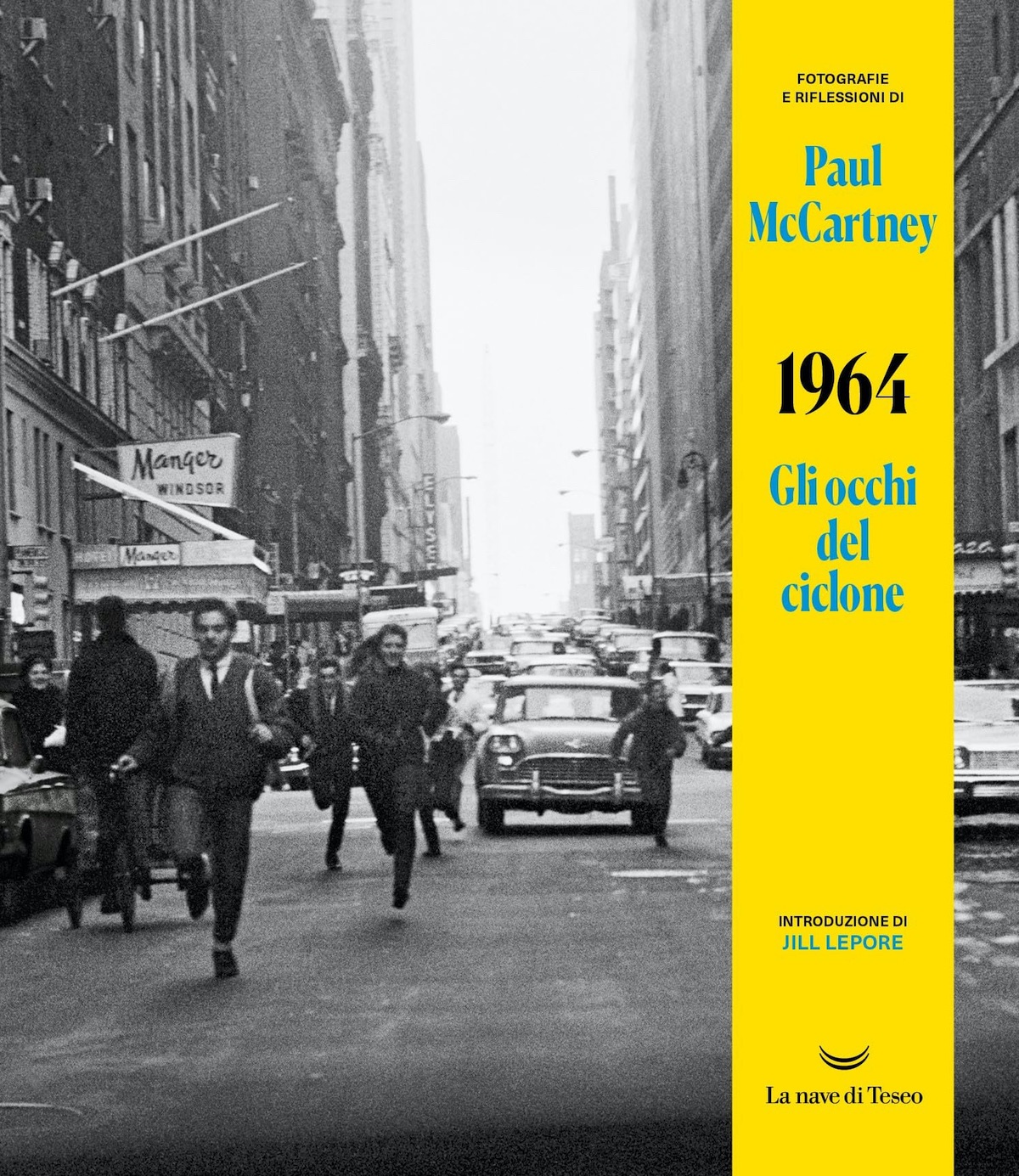Paul McCartney writes that in the back of his mind he knew that he had taken photographs with a Pentax 35 mm in the 60s. He no longer remembered where they had gone. It would be a story of ordinary forgetfulness were it not that he is indeed Paul McCartney and the photos that he vaguely remembered having taken depict the Beatles as they transform themselves from “ordinary boys from Liverpool” to a global phenomenon.
In the end, he found the photos while he was setting up an exhibition dedicated to his wife Linda. They were mostly negatives and contact sheets, or strips reproduced on a single sheet of photographic paper to be viewed. Few had been printed. They are now collected in the volume 1964 The Eyes of the Storm (The Ship of Theseus, translation by Carlo Prosperi, 336 pages, 70 euros) and, more abundantly, in an exhibition at the National Portrait Gallery in London. The images come from three trips that Macca calls “intense” and I’m sure this is not an exaggeration. It is McCartney who tries “to condense the madness that unleashed between 1963 and 1964”, it is the photographic documentation “of our first trip in style, a visual diary of the Beatles in six cities” in Europe and the United States . And in short, they are the Beatles seen for once from the inside.
There are volumes on the “secret images” of John, Paul, George and Ringo or on the “never seen” Beatles. The nostalgia market never sleeps and the iconography of the four is very rich. Unlike other photographic books dedicated to the Beatles’ most naive and in its own way romantic season, leaf through 1964 The Eyes of the Storm one can ask the question that Macca himself asks in the preface: who is watching whom? «The lens» writes McCartney «seems to move continuously, I photographing them, the press photographing us, the thousands and thousands of people eager to catch even a glimpse of this cyclone». And also Paul photographing Paul, in the mirror, in a series of ante litteram selfies.
Notes Rosie Broadley, Senior Curator of the National Portrait Gallery’s collections dedicated to the twentieth century, that over the weeks McCartney’s photos “change in step with the evolution of the context in which the band finds itself”. It is true. The American photos have a vitality that is lacking in the beautiful but staid ones taken in England where «the group appears almost skittish. Lennon puts on the black-rimmed glasses he only wore in private and nervously bites his nails. In America, on the other hand, the Beatles seem transformed: John dives into the pool with childish abandon, George laughs, Ringo plays at being dark, his gaze concealed by his sunglasses».
Even for the musician turned into I photograph the most important stages of this itinerant, overwhelming and transformative party that passes through Liverpool, London, Paris, New York, Washington and Miami within three months are the American ones, because the music that the four loved and copied came from there. McCartney recalls that less than twenty years had passed since the end of the Second World War, a nothing, and therefore the United States was still the defender of the good of freedom and the country of opportunity, but also an absurd place made up of striking contradictions. Young Paul was impressed by the presence of guns, even taking a close-up of the holstered pistol of a policeman in their escort, and of course by the racial segregation. In an essay contained in the book, historian Jill Lepore frames the photos and those months between ’63 and ’64 in a broader context: the American elections, political violence, the struggle for civil rights, the of the costumes. There are also some crazy details, such as the fact that the four arrived in Miami “aboard a plane piloted by a captain with a Beatle wig on his head”.
McCartney’s SLR was a “point and shoot,” writes Broadley, a machine introduced a few years earlier. «Technological innovation leads to the development of a “snapshot” aesthetic that also embraces imperfection. One of its first exponents, Tony Armstrong-Jones (the future Lord Snowdon), described this new approach to the production of images in 1958 as follows: «They had to be taken quickly. There’s no point in saying ‘wait, wait!’ faced with a real-life moment. It’s like trying to hold a breath, only to find you’ve lost it.”
Put in that the four Beatles were boys and you get the idea of the vitality of the 275 mostly black and white photographs collected in the volume. Perhaps Lepore is right and these candid images are also, without exaggeration, the reflection of an era in which young Westerners were discovering new meanings of the word freedom, which was first of all personal and secondly and almost by osmosis also social and political.
«Of these photos» says Macca «their ingenuity strikes me. They belong to a time when everything was new to us». Indeed it was, and not just for them. Looking at the photos contained in the book, and also the small selection that you find below, one becomes a little envious of an era in which we seemed to have, collectively, more future than past, in which there was even a sketchy sense of direction. In the words of Lennon, «in the 60s we were all aboard the same ship, not just us the Beatles but also our movement, our generation. And of course we were going somewhere.”
Self-portrait
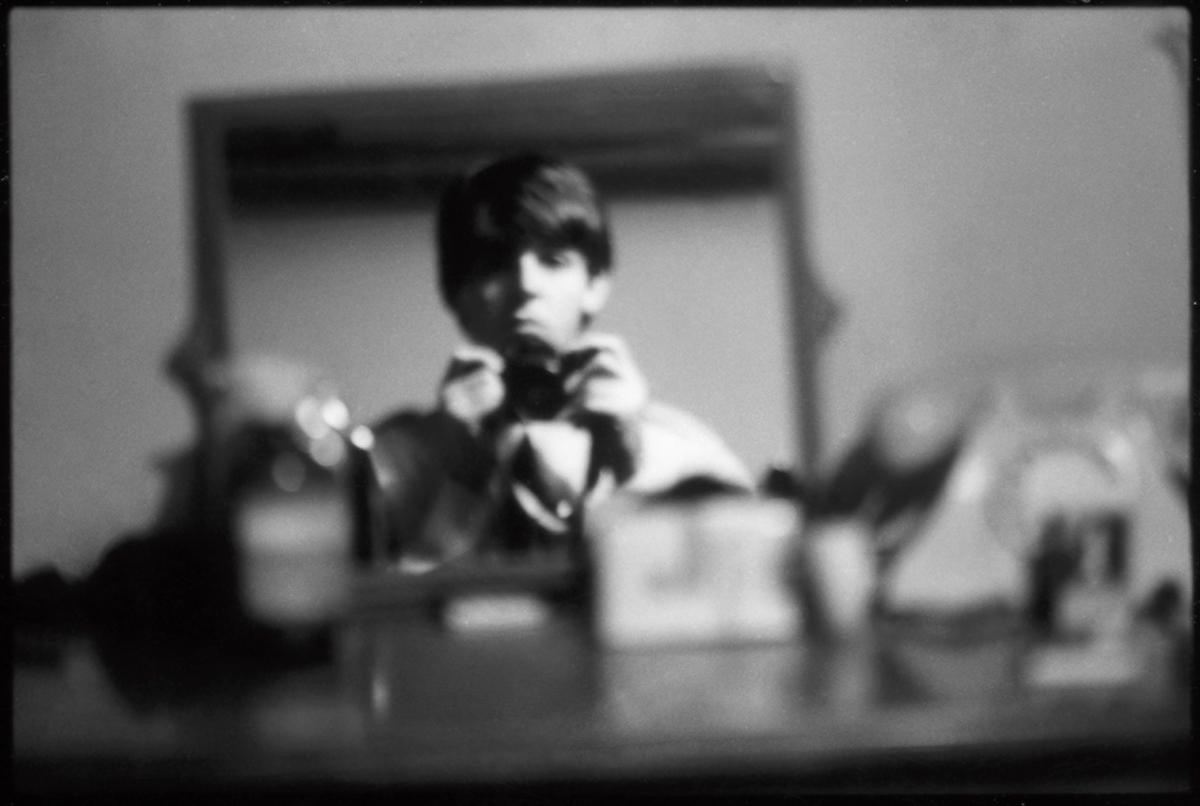
London, 1963, McCartney in the mirror. The photo was perhaps taken (the musician does not remember it precisely) in the attic of the home of the girl Jane Asher and her parents. McCartney had moved there. He describes it as an “ideal place to compose” thanks to the small Knight upright. In the preface, the musician compares the traditional approach to photography, the care with which he had to choose poses and lights so as not to waste the photos from the roll of film, to music recording in the analog age. «Today there are groups that enter the recording studio without even a song, without knowing what they are going to do: they start playing, sooner or later something will “come out”», just like it happens «with photos taken from mobile phones» . It’s not trombonism: the analogical approach forced to develop the necessary discipline to “identify the right image before shooting, knowing that there was one and only one opportunity”. The same is true, perhaps, of songs.
Rock Starr
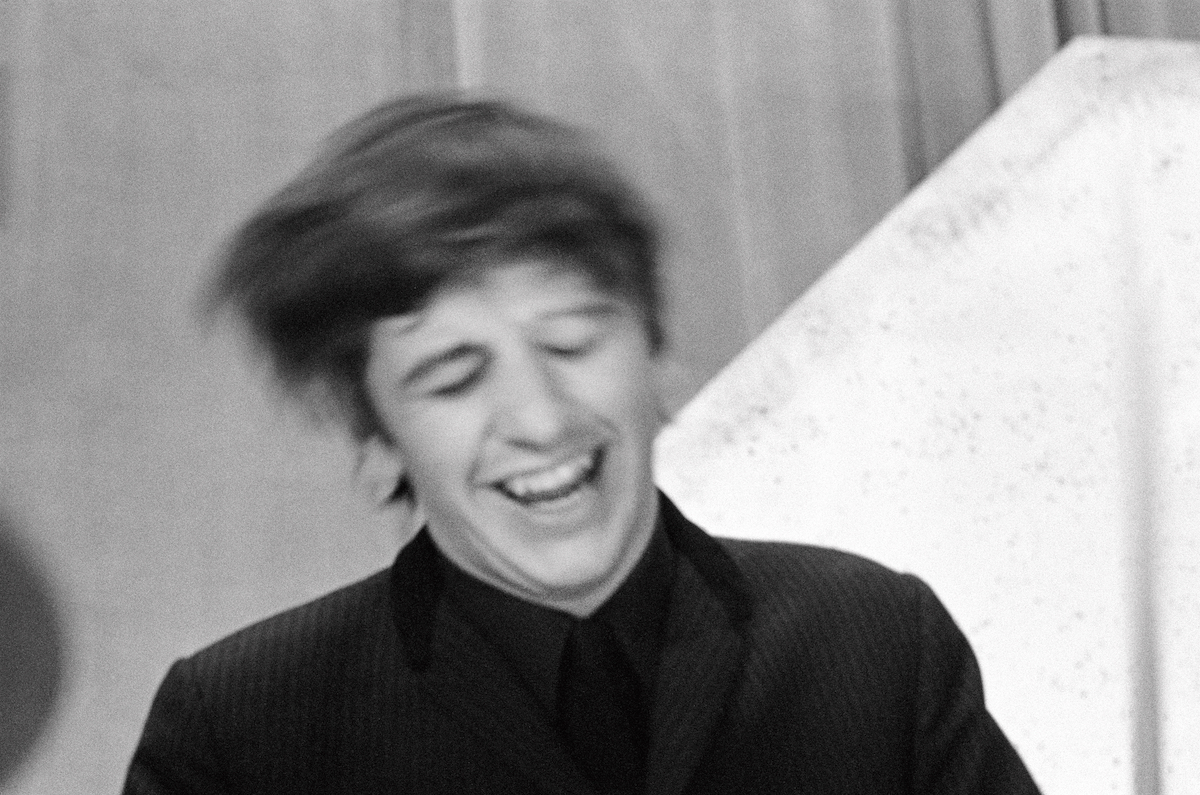
©Paul McCartney
Ringo Starr photographed at the Clarence Tavern in Finsbury Park, London in early 1964. According to McCartney, it was the Beatles themselves who didn’t believe Beatlemania would last. “I think my photos of the time reflect this uncertainty, my enthusiasm evident in being in the company of other emerging musicians. Everything was worthy of being shot on film, because you didn’t know how long it would last.”
From Paris with Love
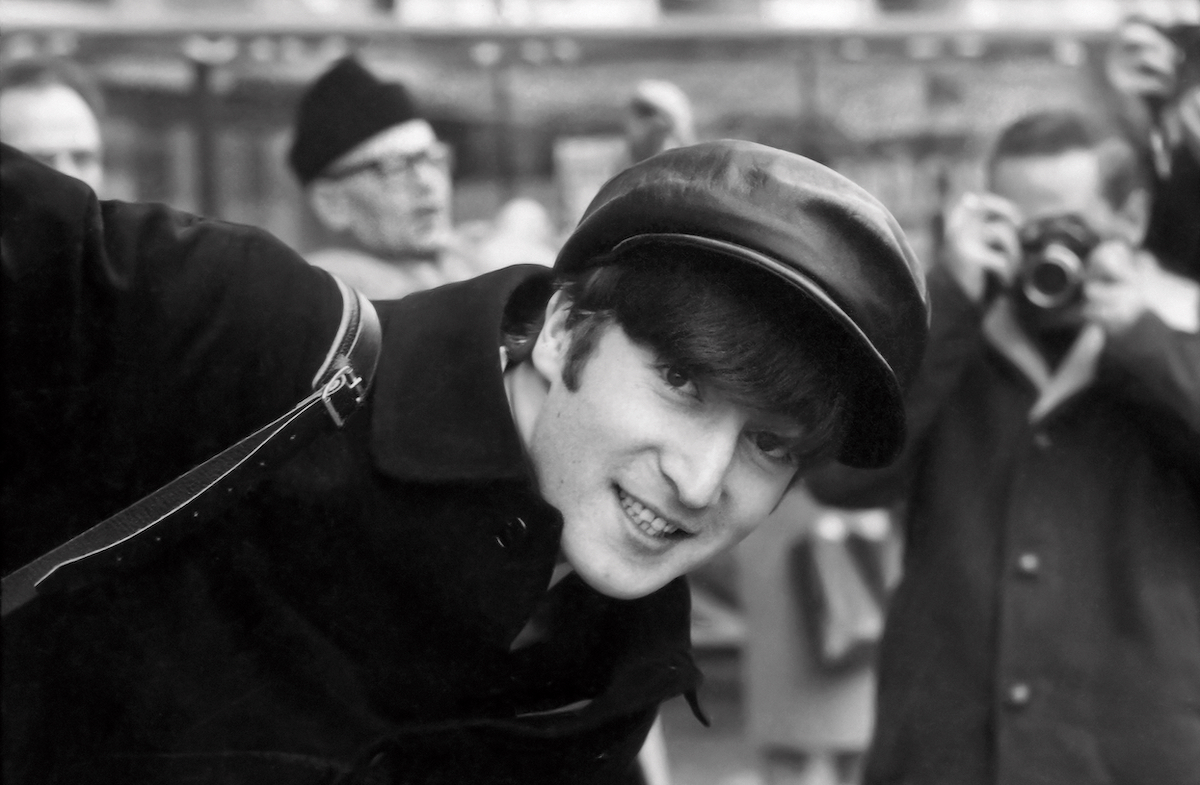
©Paul McCartney
It is 1964 and during his stay in Paris three Beatles classics come out, Can’t Buy Me Love, If I Fell, I Should Have Known Better. With the help of a native speaker, the four have to record the German versions of two of their songs, Sie liebt dich (She Loves You) And Komm, gib mir deine Hand (I Want To Hold Your Hand), but they don’t show up in the studio. Angry, George Martin goes to catch them at the hotel. “As soon as I entered,” says the producer in the Beatles Anthology, «they darted in all directions, ran and hid behind the sofas and chairs and one of them put a lampshade on his head». According to Boadley, «in the concreteness, in the refusal of the artificiality that characterizes McCartney’s photography, the sensitivity of contemporary British cultural movements resonates, from Free Cinema to the raw realism of theater and literature, at the center of which is the gaze of the working class» . Not only that: «The ability to evoke the spirit of places and to adapt one’s style to the particular atmosphere one wants to capture is also evident in the photographs McCartney takes in Paris, a series whose aesthetics refer to the French cinema of the time» .
An Instagram feed from 1964

©Paul McCartney
A series of mirrored self-portraits taken in Paris in 1964. The Beatles were to give two concerts a day for over two weeks at the Olympia, with the venue’s sign announcing Les Beatles. «Upon our arrival in Paris in January 1964» McCartney recalls in the book «we were immediately bewitched by the charm and refinement of the city. Looking at these photos, it’s the first thing that catches my eye: the free spirit, the ease». When they were at the hotel, the four listened enraptured The Freewheelin’ Bob Dylanthe album of Blowin’ in the Wind.
Two boys in Paris
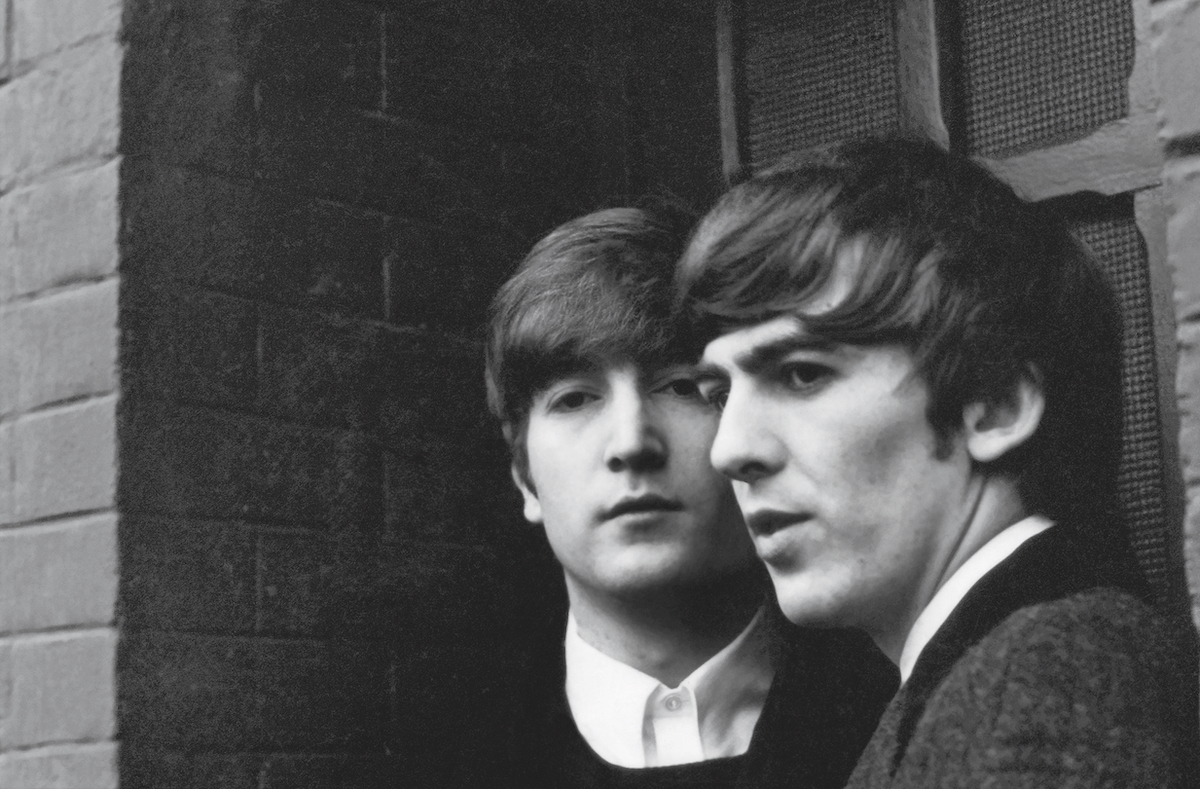
©Paul McCartney
Lennon and Harrison photographed in 1964. It was in the hotel, the Georges V, that the four received a telegram: «Attention: The Beatles. Congratulations guys. Number one in the US. I Want To Hold Your Hand». After that news they were really ready for America. To celebrate, they engaged in a pillow fight at the suggestion of photographer Harry Benson: it is one of the best known images of the young Beatles. “The whole session lasted about fifteen minutes, I probably consumed five rolls of roll,” recalled Benson, whose job it was to fax one image a day to London. «I went back to my room, sealed the bathroom with scotch tape and turned it into a darkroom. I had the enlarger, I washed the prints. About six in the morning I sent them to London directly from my room.’
Beatlemania
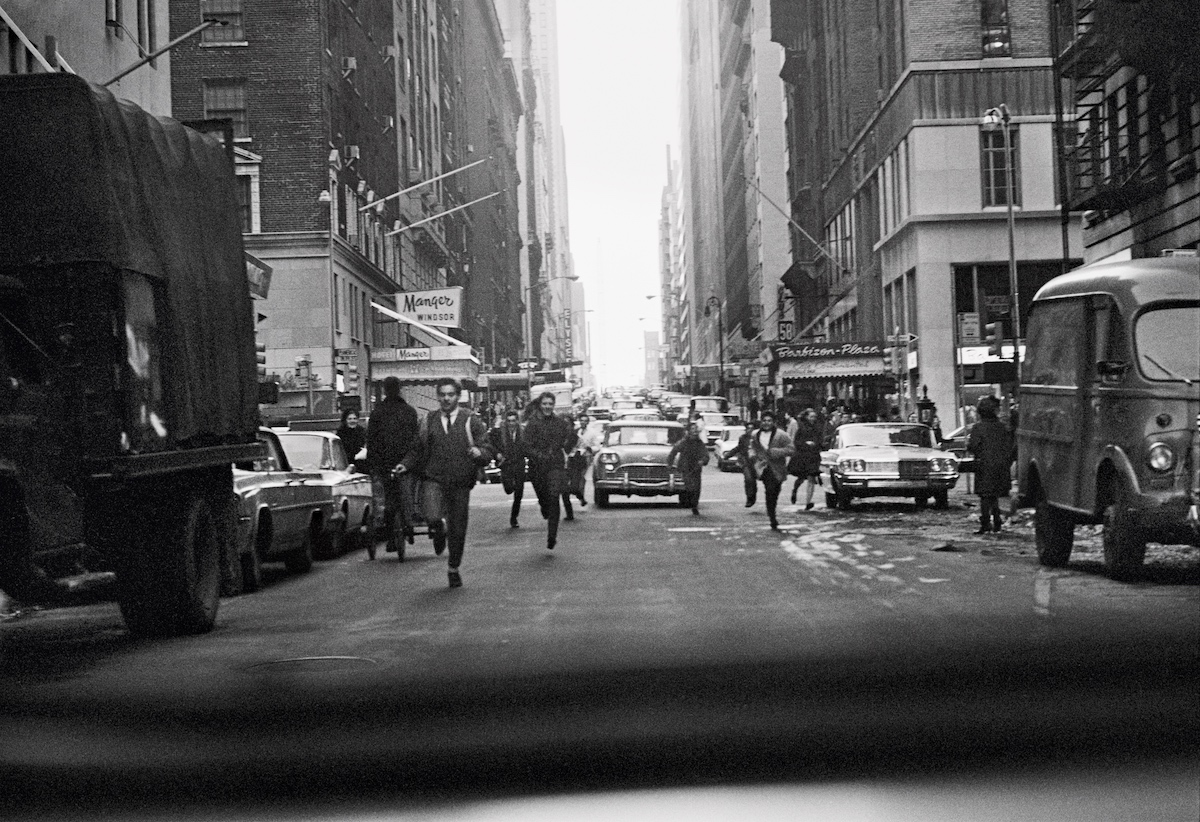
©Paul McCartney
Basically, a scene from All for onebut true. The photo was taken in New York by McCartney “from our car on West Fifty-eighth Street, at the intersection with Avenue of the Americas”. It’s Beatlemania. «On the way in the car, from the portable radios we had with us, we discovered WABC, one of the most important radio stations in the city. “The Beatles are in New York right now!” they were announcing.” Landed at JFK airport, the four had held a press conference. The fans were screaming so much that some reporters were convinced it was the sound of an airplane. Sometimes we forget that the four, at the time, were between 20 and 23 years old. “How did you find America?” asks a reporter in the film. “Turning left after Greenland,” replies Lennon.
Some Time in New York City
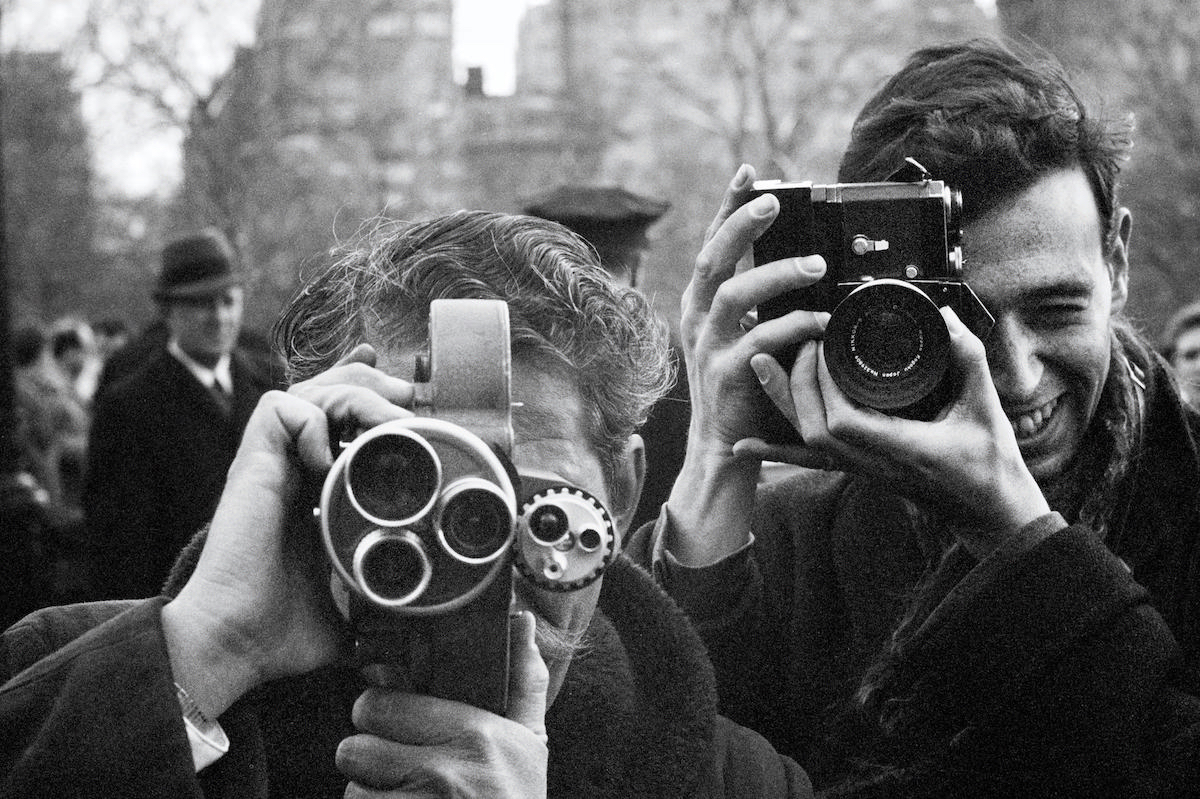
©Paul McCartney
Central Park, 1964. «I took my camera with me, with which I was able to capture those who were photographing us up close. As you can see, we were always surrounded by goals». In England already the year before, Broadley wrote in the essay that closes the book, «the Beatles are now seen surrounded by the lenses of photographers wherever they look, so much so that the camera itself becomes a recurring element in McCartney’s images. Who, in Paris and New York, continues to turn his lens on the photographers themselves, who jostle under his nose in search of the right shot. Despite the apparent excitement of the siege, the images also reveal the mutual game, with the photographers happy to have attracted McCartney’s attention and to be immortalized by him». Only in later years, Macca will say, will all this attention become less fun.
A drink, Mr. Harrison?
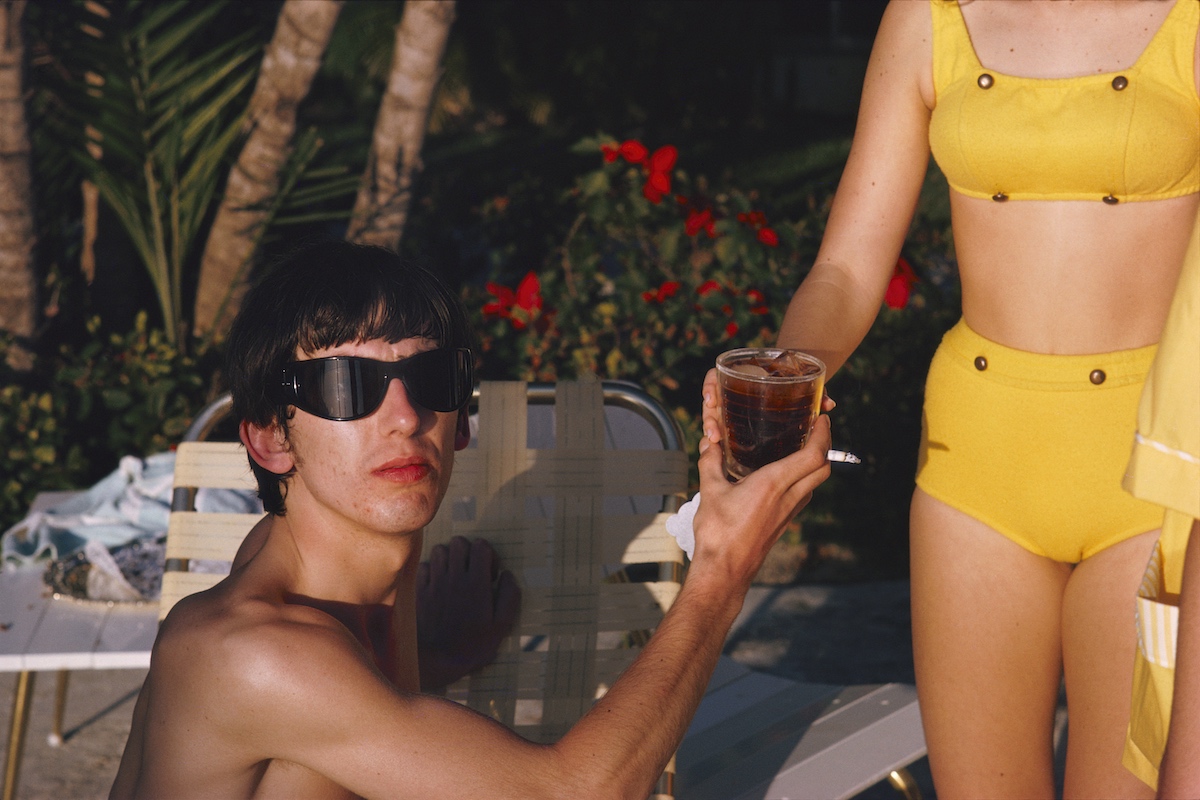
©Paul McCartney
A photo (in color!) of George Harrison in Miami in February 1964. Nicolas Cullinan, director of the National Portrait Gallery who led the process of selecting and restoring the images, writes that «the vivid color photos of the Beatles relaxing on the Miami beach provide an almost surreal image of American prosperity and glamour, something the British must have been unfamiliar with.’ The girl who hands Harrison the drink, perhaps whiskey and cola, is deliberately left out of the shot. “I’m glad I kept George as the main subject of the picture,” comments McCartney. “Looking back at these photos of luxuries and conveniences, it doesn’t surprise me that the transition to color coincides with arriving in Miami because, all of a sudden, we were in Wonderland.”
